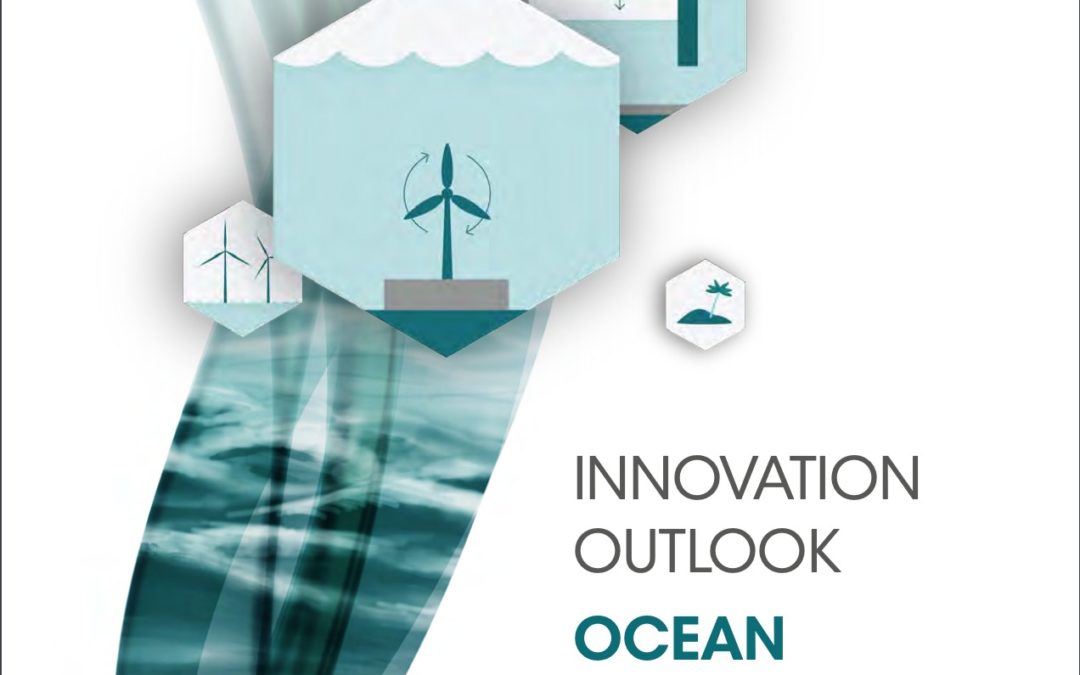Oceans contain vast renewable energy potential – theoretically equivalent to more than double the world’s current electricity demand. Nascent ocean energy technologies could cut carbon dioxide (CO2) emissions from power generation and help to ensure a sustainable, climate-safe energy future.
Alongside other offshore renewable energy technologies, ocean energy – including wave, tidal, salinity gradient and ocean thermal energy conversion technologies – forms a crucial component in the world’s emerging blue economy.
This outlook from the International Renewable Energy Agency (IRENA) examines the status and prospects of ocean energy technologies. It examines the operating principles, current installed capacity and projected project pipeline, along with markets and theoretical energy potential for each ocean energy type.
The report also identifies challenges and offers recommendations to accelerate the deployment and commercialisation of each technology.
Among other findings:
- Ocean energy can provide affordable, reliable electricity and end-use energy for Small Islands Developing States (SIDS), as well as boosting potable water supplies via seawater desalination.
- Ocean energy creates jobs, improves people’s livelihoods and provides other socio-economic benefits.
- Ocean energy technologies offer high predictability, making them suitable to provide steady baseload power, which can be further complemented by wind and solar power.
- Ocean energy resources could generate between 45 000 terawatt hours (TWh) and 130 000 TWh of electricity per year.
- Tidal barrage technologies dominate the world’s current, nascent ocean energy output.
Another report, released concurrently with this outlook, highlights the opportunity to develop offshore renewables. See Fostering a blue economy: Offshore renewable energy (IRENA, 2020).
IRENA prepared these two studies in support of the SIDS Lighthouses Initiative. See also the combined overview of their key findings.
IRENA’s Innovation Outlook series analyses rapidly emerging renewable energy technologies (RETs) and examines ways to enhance their competitiveness. Each outlook identifies technology-, industry- and policy-related challenges and assesses the potential breakthroughs needed to accelerate the uptake.
Others in the series include:

